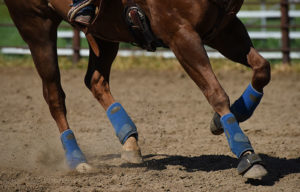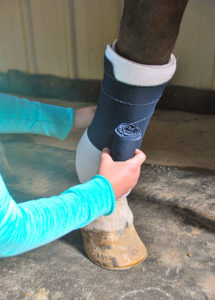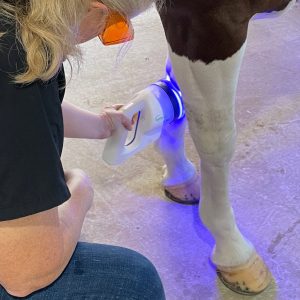Treating Pleuropneumonia-Related Abscesses with Thoracotomy
Editor’s note: This article is part of TheHorse.com’s ongoing coverage of topics presented at the 2012 American College of Veterinary Internal Medicine Forum, held May 30 – June 2 in New Orleans, La.
There are several methods by which to treat equine pleuropneumonia (pleuritits) and associated pleural abscesses, but when all else fails surgical options might be required. At a recent veterinary conference, one researcher discussed a procedure called thoracotomy (an incision into the pleural space of the chest) for treating recurrent pleural abscesses.
At the 2012 American College of Veterinary Internal Medicine Forum, held May 30-June 2 in New Orleans, La., Keith Chaffin, DVM, MS, Dipl. ACVIM, a professor of equine internal medicine at the Texas A&M University College of Veterinary Medicine, discussed indications for thoracotomies and the outcomes of several thoracotomy procedures
Create a free account with TheHorse.com to view this content.
TheHorse.com is home to thousands of free articles about horse health care. In order to access some of our exclusive free content, you must be signed into TheHorse.com.
Start your free account today!
Already have an account?
and continue reading.

Written by:
Erica Larson
Related Articles
Stay on top of the most recent Horse Health news with











